titan
Latest
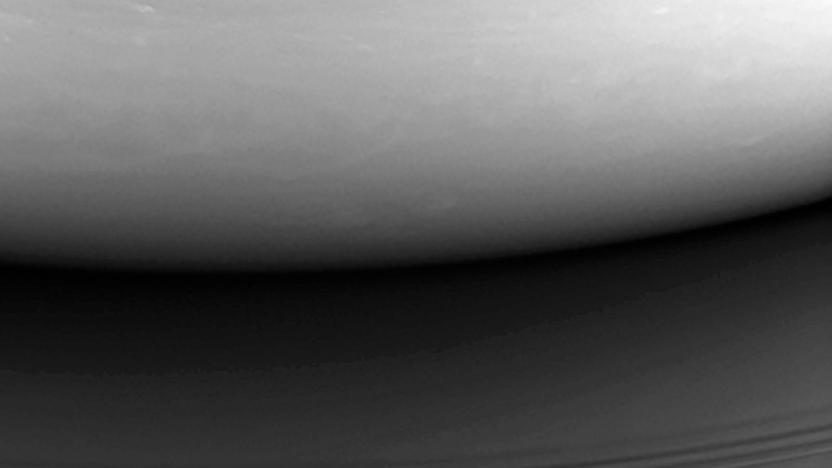
Cassini mission ends with final plunge into Saturn
At around 7:31 AM eastern time, the Cassini-Huygens spacecraft disintegrated and plunged into Saturn, becoming the only man-made object ever to touch our solar system's second largest planet. "The signal from the spacecraft is gone and within the next 45 seconds, so will be the spacecraft," said NASA JPL Cassini program manager Earl Maize. "This has been an incredible mission, an incredible spacecraft, and you're all an incredible team."
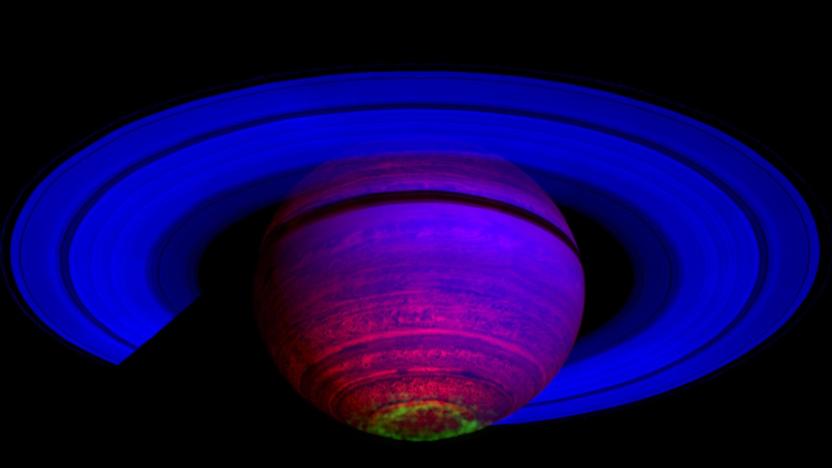
What's next for NASA as Cassini's mission comes to a close
After nearly two decades in space and 11 years studying Saturn (and its myriad moons), the Cassini spacecraft ended its mission at roughly 6:30 am Eastern on Friday when it slammed into the gas giant's suffocating atmosphere. It was an auspicious end for the $3.4 billion spacecraft, argues Curt Niebur, the program scientist for Cassini at NASA headquarters. "I find it exhilarating, myself," he said. "Instead of just crashing it into something and saying we're done, we're actually going after science questions that we never intended Cassini to answer. And we'll be able to address those. It's fantastic."
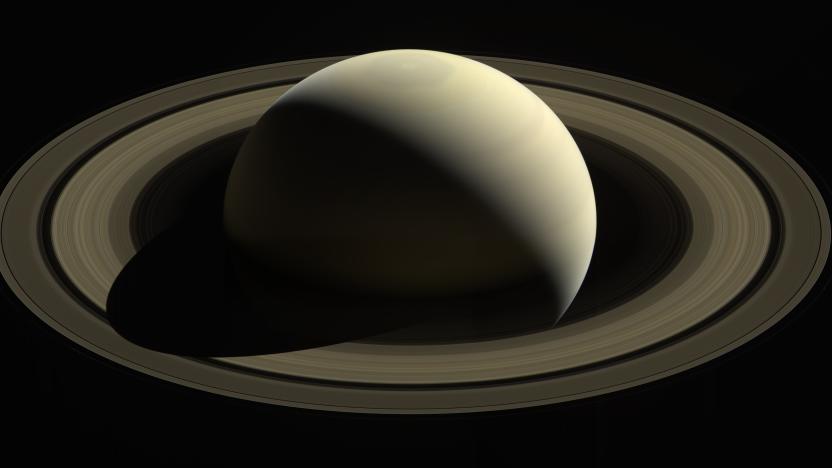
Nine of Cassini’s most exciting discoveries about Saturn
Saturn is something of a solar system unto itself (minus the requisite sun). It's surrounded by 53 confirmed moons and another 9 "moonlets," tiny worlds that are among the most exotic and diverse we've seen in this neck of the galaxy. For as much as we could see from our Earth-based telescopes, it was only by getting up close and personal with the system's second largest planet -- by sending a $3.4 billion science machine hurtling 8.88 million miles across interplanetary space -- that we were able to truly observe Saturn. And it's a good thing we did because the scientific discoveries have been near-constant in the 11 years since Cassini left home. We've seen the surface of Titan and watched its liquid methane flow, fall like rain into massive hydrocarbon seas. We saw the tiny icy moon of Enceladus reveal its 101 geysers which shoot hundreds of pounds of water ice and molecular hydrogen into space from a subsurface ocean. Think of the life we'll find in there! And above all, the Cassini mission helped us better understand the atmosphere and global mechanisms of Saturn itself. Here are nine of the most exciting scientific discoveries the Cassini mission brought about.
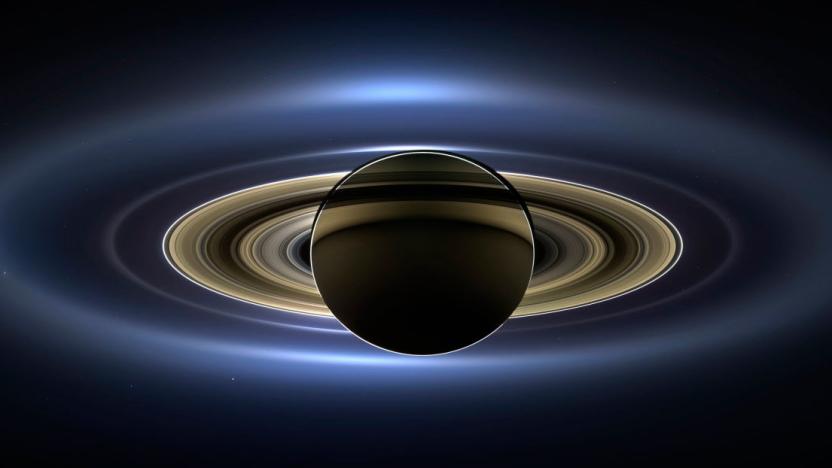
A lawsuit almost stalled NASA's Cassini mission
Capt. Scott Kelly wasn't kidding when he famously quipped that "space is hard." Even getting to the launch pad can prove to be a daunting challenge. Take the Cassini mission to study Saturn, for example. Despite an investment of $3.4 billion and nearly a decade of development, Cassini wound up being very nearly scuttled at the last minute by protesters who thought they knew better than a federal agency that has put multiple men on the moon. Geez guys, it was just 73 pounds of plutonium riding aboard that Saturn orbiter -- it wouldn't have caused that much damage had something gone horribly wrong at launch.
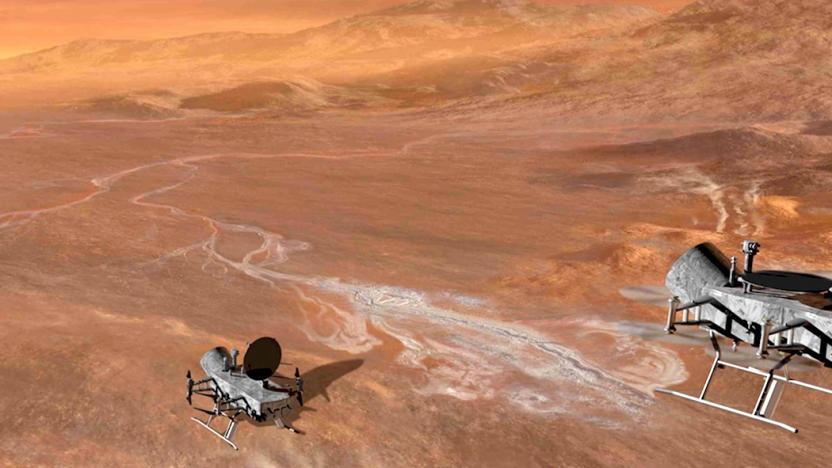
A quadrocopter could be used to explore Saturn's largest moon
Back in 2014, NASA proposed using drones to explore Saturn's largest moon, Titan. Well, three years later, Johns Hopkins Applied Physics Lab has a pitch for the aeronautics agency. Like NASA suggested a few years ago, Hopkins' craft is a quadrocopter. The school said that its Dragonfly drone is ideal for exploring the moon given its dense atmosphere and weak gravity, making it "perfect" for heavier-than-air flight. "A human could actually strap on wings, flap their arms and fly," Peter Bedini says in the video below.
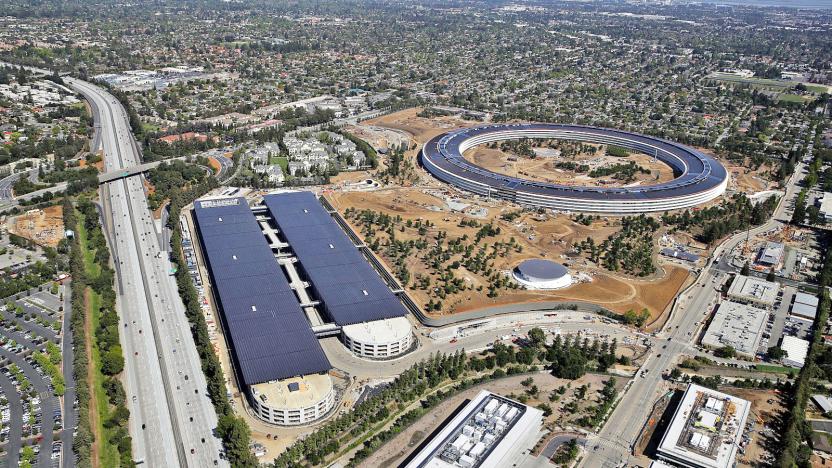
Apple's next self-driving phase is an employee shuttle
Apple famously planned to build an entire self-driving car, but abandoned that idea to focus on autonomous vehicle technology à la Uber and Waymo. Thanks to a New York Times report, we now know some of what happened and what Apple is doing now. It reportedly plans to test the tech by building a self-driving shuttle (called PAIL, for Palo Alto to Infinite Loop) that will take employees between its current campus and the new "Spaceship" HQ.
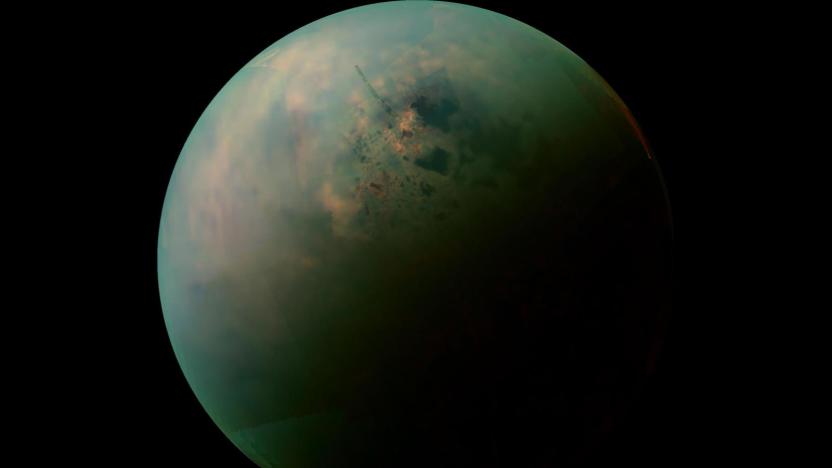
A molecule found on Saturn's moon Titan could foster life
In a new study published today in Science Advances, researchers report that they've found a complex molecule in the atmosphere of Saturn's moon Titan that could lead to the formation of life. Cell membranes are the outer barrier of most cells found on Earth and they, or structures like them, are crucial for life to form. And while Titan is quite different from our planet, it's thought that this molecule -- vinyl cyanide -- is one that could potentially form cell membranes in the Titan environment.
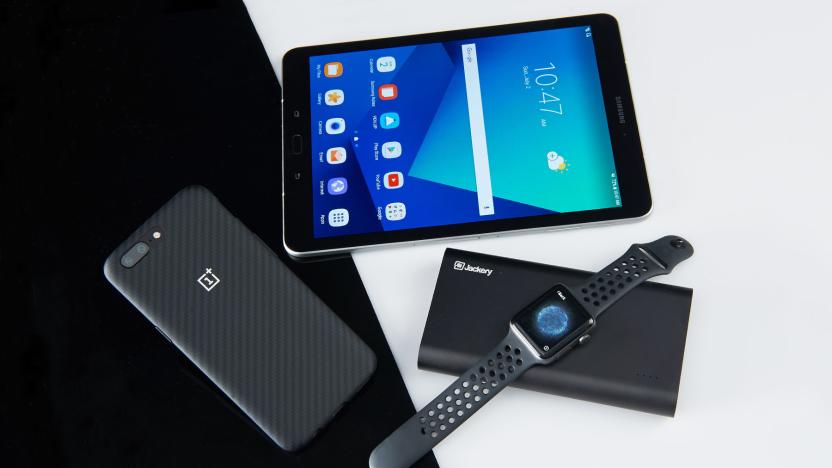
The best smartphones and mobile gear for students
Some of us here at Engadget can remember a time when cellphones on college campuses were strictly "for emergencies" (read: calls home to Mom and Dad). By now, of course, things have changed: Our handsets come with us everywhere, and most of us don't have to worry about pissing off our parents by exceeding our minutes allotment. We imagine many of today's college freshmen already have phones, but for those of you who've earned an upgrade, we crammed five into our back-to-school guide, including some budget options. Not in the market yet for a new phone? You might still want an external battery pack, a fast microSDXC card or, heaven forbid, a "selfie case," which is definitely a thing.

Saturn's largest moon has enough energy to run a colony
Saturn's biggest moon, Titan, is one of the few viable places humans can explore first-hand beyond Mars. It's relatively safe from radiation, it's covered in liquid (though not water) and otherwise relatively safe. But could more than a handful of people even stay there for very long? Apparently, the answer is yes. Researchers have conducted a study showing that Titan should have enough energy to sustain a colony. The first arrivals might have to build a nuclear power plant and take advantage of radioactive decay, but colonists could use the abundance of hydrocarbon lakes to generate power by combining hydrogen with acetylene (which should also be plentiful). And since Saturn creates strong tides, you could use turbines to generate plenty of electricity.

ICYMI: DIY Iron Man
Today on In Case You Missed it: British inventor Richard Browning show us his (slow, careful) flights across a test area using his "Daedelus" jet pack prototype. Daedelus consists of six kerosene-powered microjets strapped to his limbs, which doesn't sound dangerous at all. While that might sound like a bad idea, the system "flies" at a walking pace, and the wearer only hovers about six to ten feet off the ground. For his part, Browning's convinced the jets are safe, stating that he uses small amounts of kerosene and has a dead-man's switch to kill the set-up when not pressed. For now, Browning is mostly shopping the device around at exhibitions, but he hopes it will one day be used by rescue or military personnel.
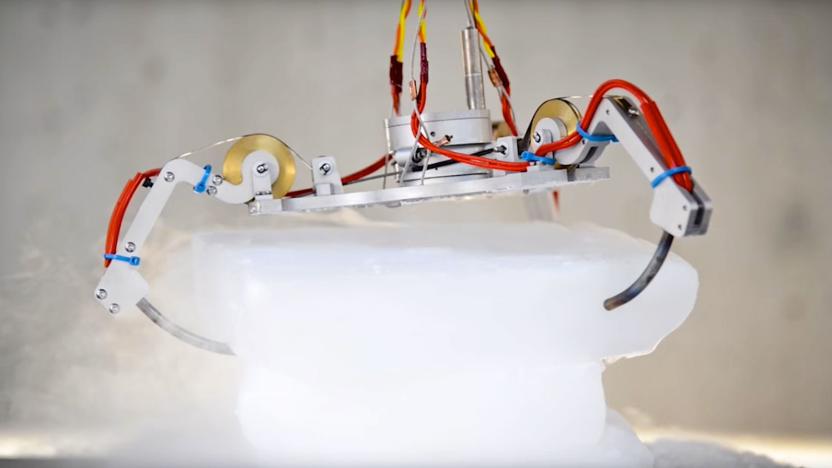
How NASA's future robots will explore frozen worlds
Delivering a rover to the surface of a distant icy world like Jupiter's moons Europa and Titan is only half the challenge. Once on the surface, the robotic explorers will have to contend with intense space radiation, plunging temperatures that drop to hundreds of degrees below zero and miles upon miles of ice before hitting the subsurface oceans that astronomers suggest may contain life. But NASA has a plan.
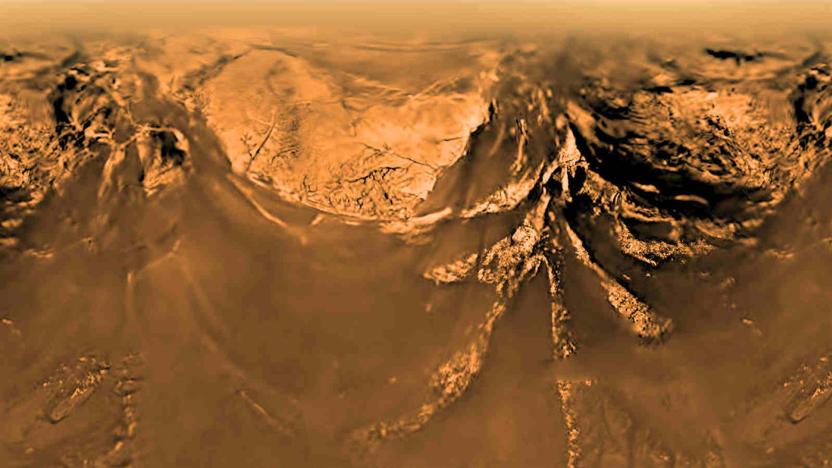
NASA video recreates Huygen probe's historic landing on Titan
Before NASA's Cassini probe captured the most detailed images of Saturn we've ever seen, it dropped its companion Huygens on Saturn's largest moon, Titan. The probe's historic landing took place on June 14th, 2005. Now, the space agency has taken the data and actual photos Huygens sent 12 years ago to recreate part of its two-and-a-half hour descent into Titan's hazy atmosphere. The video, which you can watch below the fold, features what the probe saw from an altitude of around 6 miles, including the moon's rugged highlands and deep ravines.

Cassini captures Titan's mysterious clouds on cam
It's business as usual for the Cassini spacecraft until it's time to say goodbye in September 2017, and some of the latest images it captured tell us more about Saturn's moons. The spacecraft's cameras, for one, produced two very different views of Titan's high northern latitudes. As you can see in the image after the break, one (the black-and-white photo) clearly shows the surface features of Saturn's largest moon. The other shows a moon whose surface is obscured by bright clouds. These were taken within the same period during the spacecraft's Titan flybys on June 7th and July 25th.
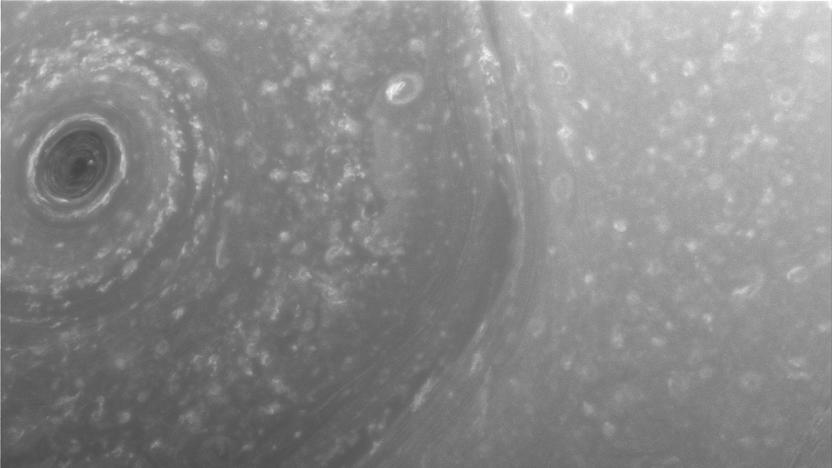
NASA's Cassini spacecraft sent photos of Saturn's north pole
As Cassini winds down its 20-year mission to Saturn, the spacecraft will maneuver into a series of weeklong orbits, allowing it to get a closer look at the planet's famous rings as it flies by. Although there are still a few days before Cassini grazes Saturn's rings, its cameras have already sent back some initial shots of some interesting features near the planet's northern hemisphere.
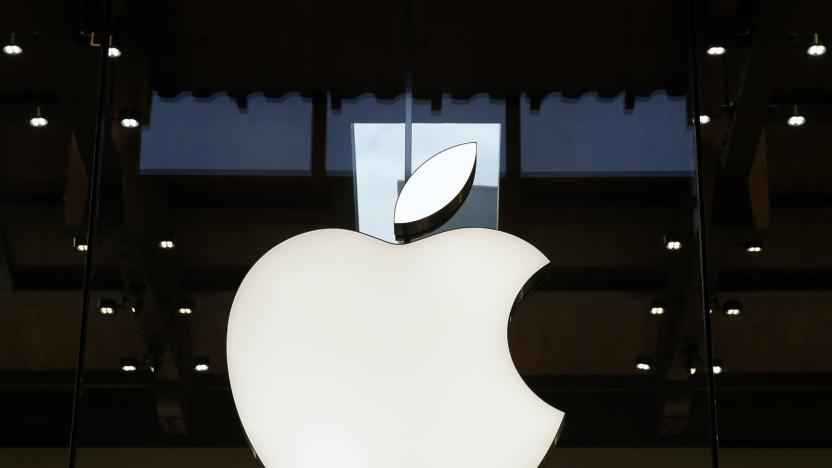
Apple letter offers a clue to its self-driving car plans
Apple's hopes of developing self-driving car technology have been a poorly kept secret for a while, and now it's coming clean. The company has sent a letter to the US' National Highway Traffic Safety Administration acknowledging that the company is "excited" about automation in numerous fields, "including transportation." It wants to test self-driving car tech, and it's hoping to address both ethical and regulatory issues. It believes the industry should share crash (and near-crash) data to improve safety, for example, but this "should not come at the cost of privacy."
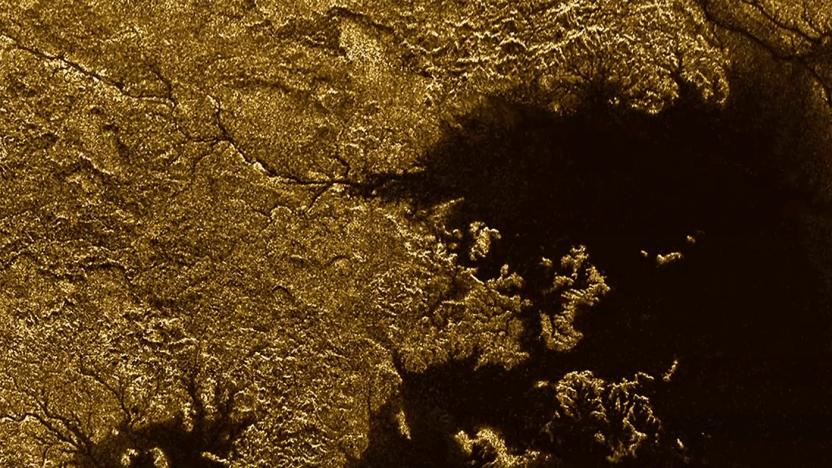
Cassini spacecraft finds flooded canyons on Saturn's moon Titan
It's official: Saturn's largest moon, Titan, has canyons that are flooded with liquid. Well, liquid hydrocarbons, anyway: Scientists analyzed images from a flyby of the Ligeia Mare sea of methane that the spacecraft did in 2013 and found channels branching out from it. Some of these were narrow and deep but it wasn't until further examination that they confirmed the steep troughs were carved out by liquid.

Apple's electric car might not hit the streets until 2021
Apple's electric car initiative, dubbed 'Project Titan,' has been sort of an open secret for awhile now -- but how close the company is to actually releasing a vehicle is anybody's guess. Initial reports pegged 2019 as Apple's foray into the automotive industry. Some sources predicted the first cars to roll off the line in 2020. Today, that presumptive launch date gets pushed back just one more year: according to The Information, we may not see an Apple car until 2021.
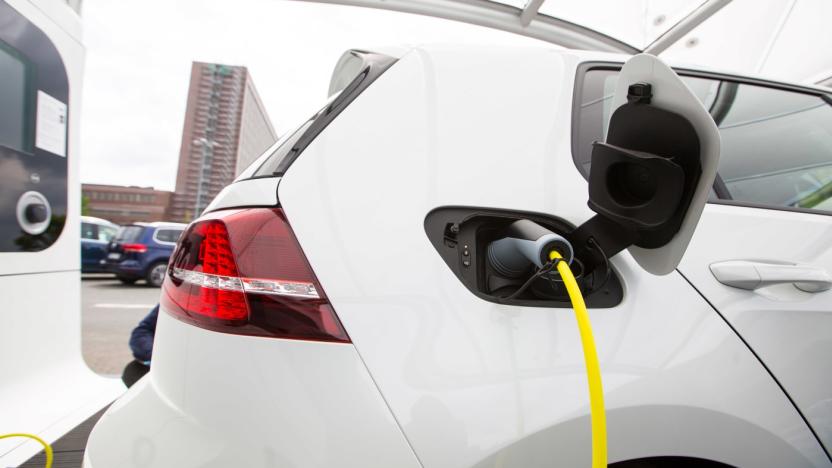
Apple reportedly looks into making electric car charging stations
Any electric car maker worth its salt knows that their vehicles are only as good as the charging stations that keep them running... and that includes Apple, apparently. Reuters sources understand that Apple is asking charging station manufacturers about their technology for the sake of its oft-rumored electric car project. It's not certain how deep the talks go or who's involved (the companies certainly aren't talking). However, NRG Energy issued a vague response noting that it's talking to "every potential manufacturer of tomorrow." We wouldn't rule it out, then.
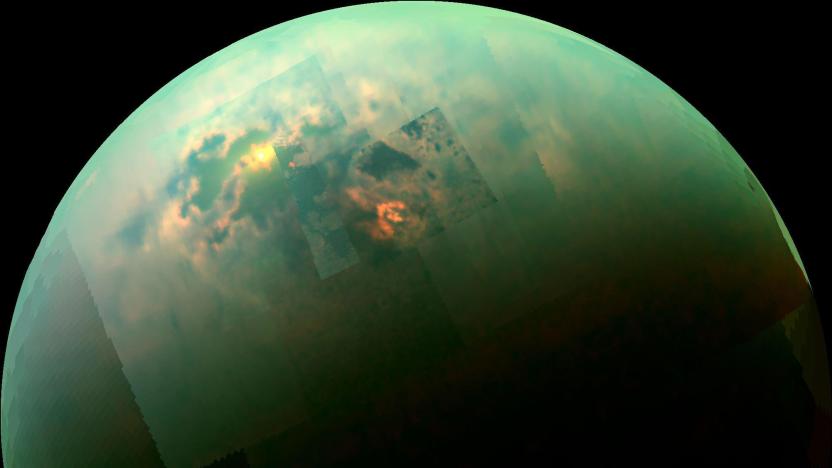
Cassini flybys probe the depths of Titan's methane sea
As Cassini makes the final rounds of Saturn on its roughly 20-year mission, the spacecraft has maneuvered into position over Titan to explore Ligeia Mare, the second-largest methane sea on the planet's largest moon.

WSJ: Apple's 'Titan' car project loses its leader
Apple has allegedly been working on its own version of the electric/autonomous car for the past few years. Unfortunately, 'Project Titan' leader, Steve Zadesky is leaving the company for personal reasons according to the WSJ. Zadesky, a 16-year veteran of the company, worked on the iPhone and iPod before taking charge of Apple's super-secret (but not really that secret because we all know) car division. Before joining the tech company, he worked at Ford.










